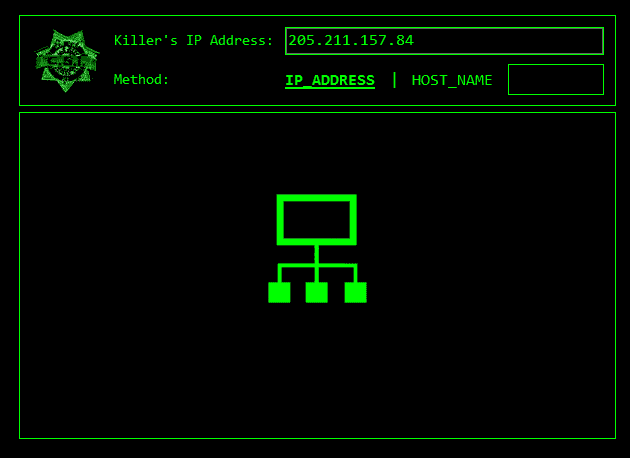


After the process is complete, you will see a prompt again. scp -P 2249 Label.pdf Output:Īs you can see, after you enter the password, there is no information about the SCP process. For example, we are going to use port 2249. But for security reason, you can change the port into another port. To specify a specific port to use with SCP: Usually, SCP is using port 22 as a default port.If you want to change to any another cipher to encrypt it, you can use that by using “-c” parameter. Select another cipher as to encrypt files: By default, SCP is using the “AES-128” to encrypt files.If you are copying a lot of files across the network, “-C” parameter would definitely be going to help you to decrease the total time you need. It is 10 times faster than not using the “-C” parameter. You may compare the result to the command below which is using the “-C” parameter.Īs you can see, whenever you are using compression, the transfer process is being done in 172.5 seconds. Copying file without the “-C” parameter will result in 1671.3 second delay.This is helpful in debugging connection, authentication, and configuration problems. Causes scp and ssh to print debugging messages about their progress.

The program must understand ssh(1) options. scp –S program: Name of program to use for the encrypted connection.scp –r: Recursively copy entire directories.scp –p: Preserves modification times, access times, and modes from the original file.scp –P port: Specifies the port to connect on the remote host.SORT command in Linux/Unix with examples.AWK command in Unix/Linux with examples.Sed Command in Linux/Unix with examples.Introduction to Linux Shell and Shell Scripting.Basic Linux Commands for day to day life.Basic System Controls with Terminal in Linux.Shell Interview Experience for SDE (On-Campus).
#Terminal geektyper software


 0 kommentar(er)
0 kommentar(er)
